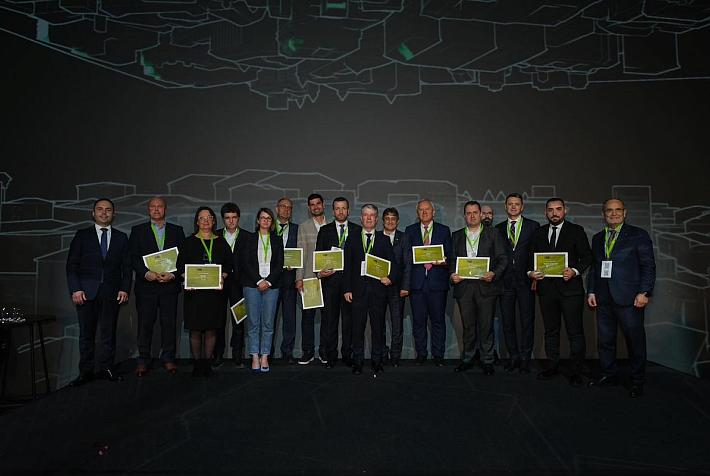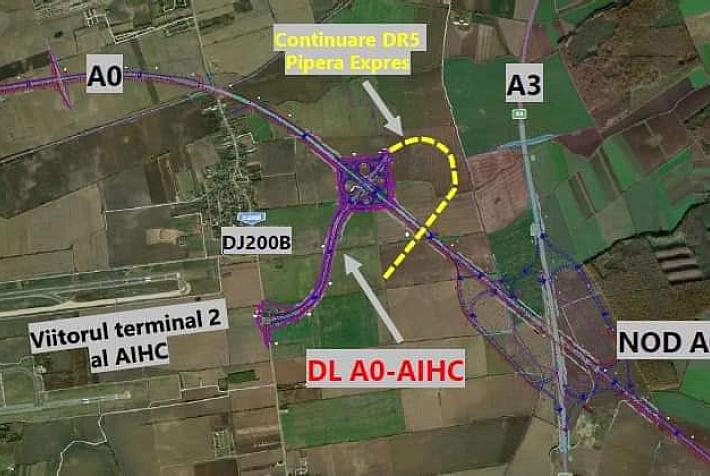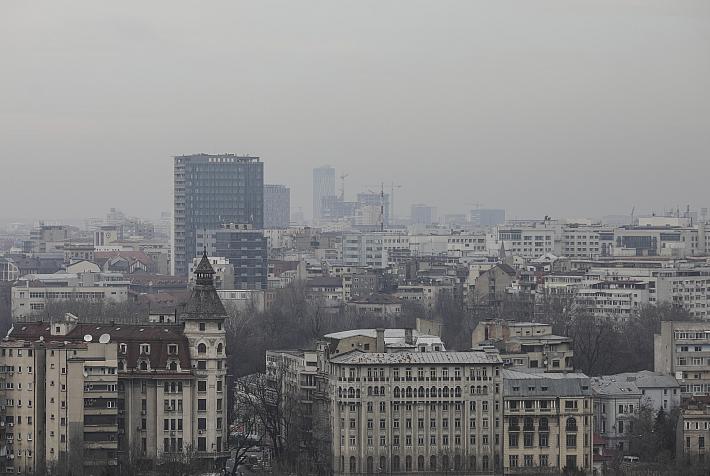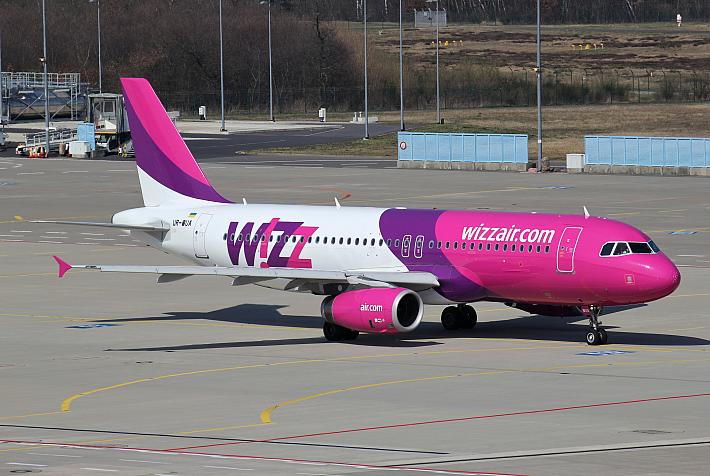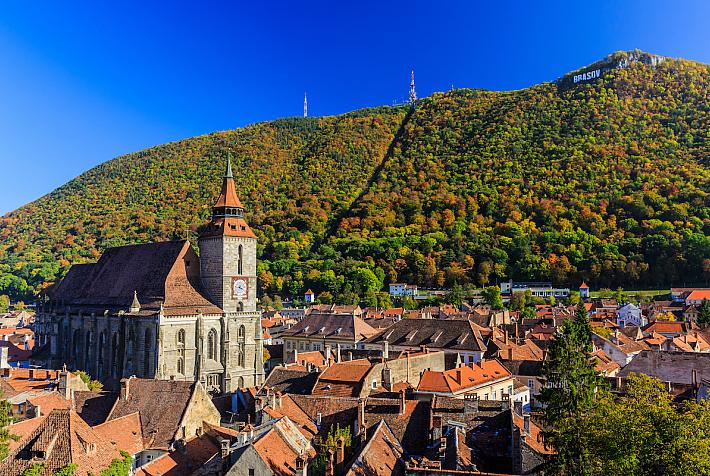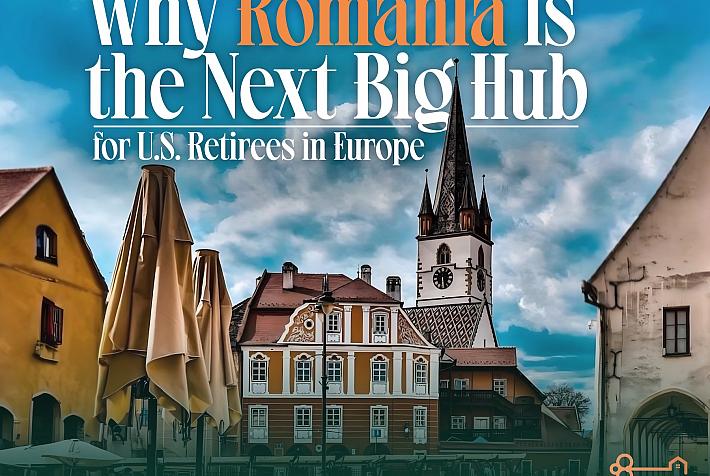APIA: Romania's new car market will go down this year after environment tax axed
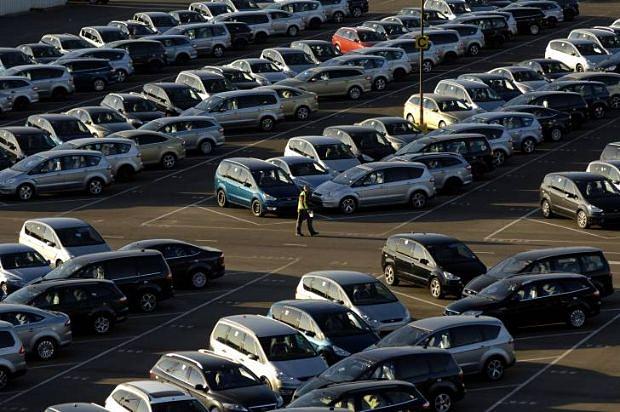
Local sales of new passenger cars went up 17% in 2016 compared to the previous year, reaching 115 units, but forecasts for 2017 show the market will be shrinking after the removal of the environment tax and the lack of a replacement measure, according to the Automotive Manufacturers and Importers Association (APIA).
Romania removed the environment tax in a move that saw 102 taxes axed starting February 1 this year. Last year, Romania’s Environment Ministry said it planned to replace the environment tax with a tax on fuel consumption, which amounts to about RON 2 (EUR 0.4) for each fill, plus a differentiated tax on cars based on the engine’s pollution level.
"This year [in 2016] the car market was distorted by one factor. We are talking, obviously, about the influx of used cars, most of them not taxed, which negatively impacts the sales of new cars, but also the state budget, which loses hundreds of million euros yearly. In this context, 2016 sees a new record of registrations of imported, used cars, approximately 300,000 units, which is a 20% increase compared to 2015," according to an APIA press release.
"If we add to this the removal of the environment tax, without equivalent replacement measures, we can say that at the beginning of 2017 we have an unfavorable situation on the car market, which makes this year one when car sales decrease, potentially in a consistent way," according to the same statement.
"Estimates show that, with the removal of the environment tax, there will be one new car sold for every 5 used ones, compared to one for 3 (before the tax cut - e.n.)," said Ernest Popovici, APIA president, quoted by Agerpres.
Romania already has one of the oldest car parks in Europe, with an average car age of about 13.5 years and over 1.6 million vehicles whose age exceeds 15 years, according to APIA.
The total number of vehicles sold on the local market in 2016 stood at 142,000, similar to 2009 levels, a year of crisis on the auto market, when 148,000 units were sold. Of the total units sold, 115,004 were cars, up 17% on the previous year, and 27,000 were commercial vehicles, up 21%.
Dacia sold the highest number of new passenger cars with 35,448 units and taking up a market share of 30.8%. Volkswagen follows second with 11,983 units and a 10.4% market share. Skoda came in third with 10,268 units and an 8.9% share, followed by Renault with 8,351 units and a 7.3% share, and Ford with 6,957 units and a 6% share.
Diesel fueled units went down to 49.3% of the market, compared to 53.5% of the total in 2015. The sales of electric and hybrid cars doubled in volume compared to 2015, reaching 1,183 units in 2016, compared to 496 the previous year. The electrical car segment saw a 237% year-on-year increase in sales, from 46 to 167 units.
The local car production went down 7.2% compared to 2015, to 359,306 units. Dacia manufactured 320,457 units out of this total, while Ford manufactured 38,849 units. Dacia also sold the highest volume with its Dacia Duster model, of which 190,825 units were manufactured, 11.9% more than in 2015. The Duster model is followed by Dacia Sandero with 51,778 units (a 10.8% decrease on the previous year), Dacia Logan MCV with 40,480 units (a 0.6% increase), Ford B-Max with 38,849 units (a 19% decrease), and Dacia Logan with 37,014 units (a 47.2% decrease).
The 2016 exports stood at 326,089 units, down 8.2% on the previous year. Dacia Duster was the most exported model, with 83,860 units (a 13% year-on-year increase), followed by Dacia Sandero with 44,317 units (a 15.1% decrease) and Ford B-Max with 38,857 units (a 19% decrease). Overall, 90.7% of last year’s national production was exported, similar to the 91.7% in 2015.
editor@romania-insider.com







